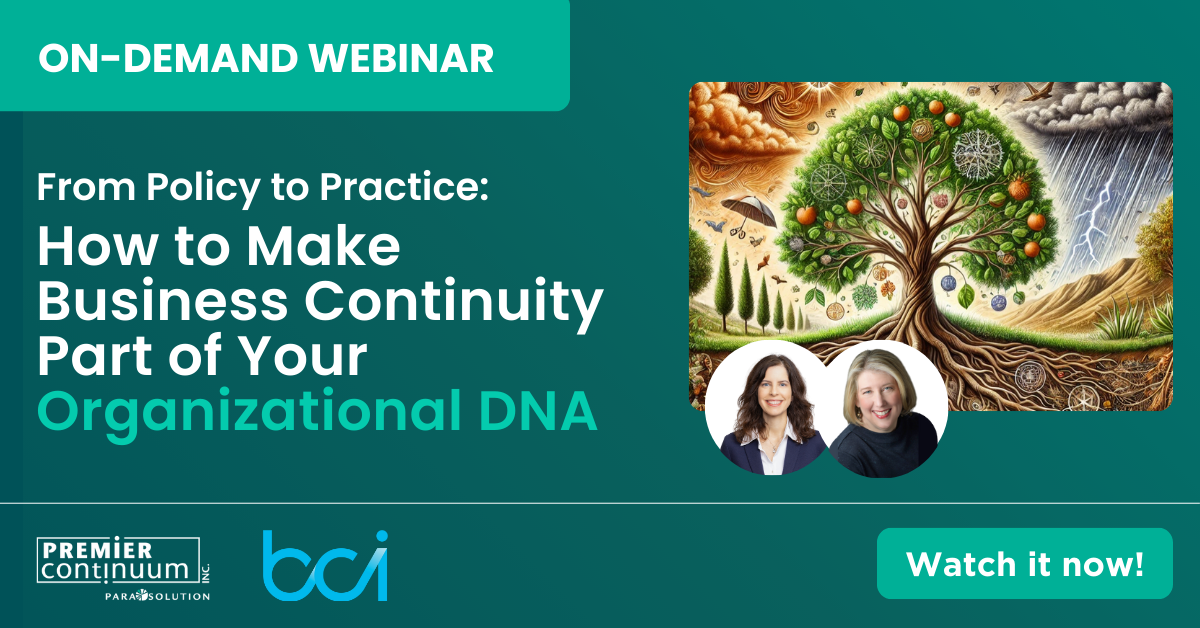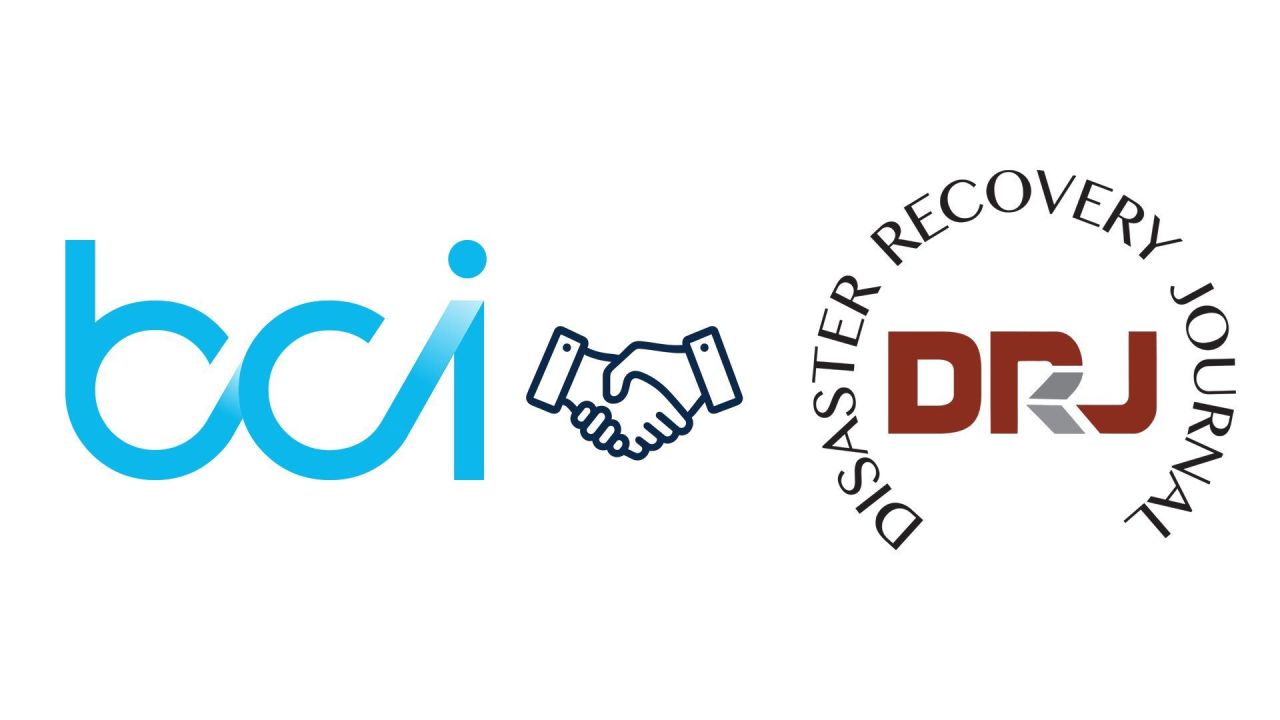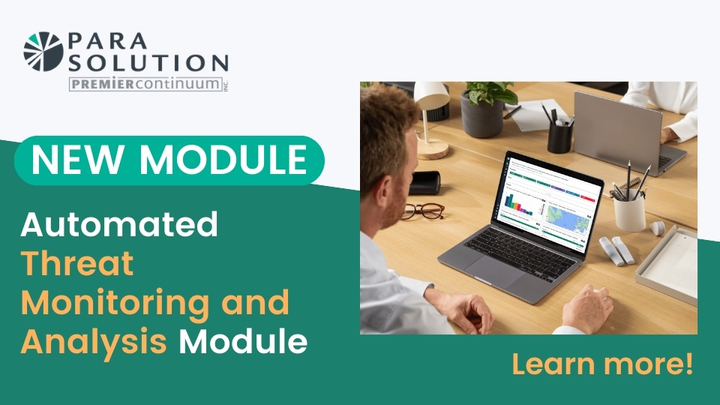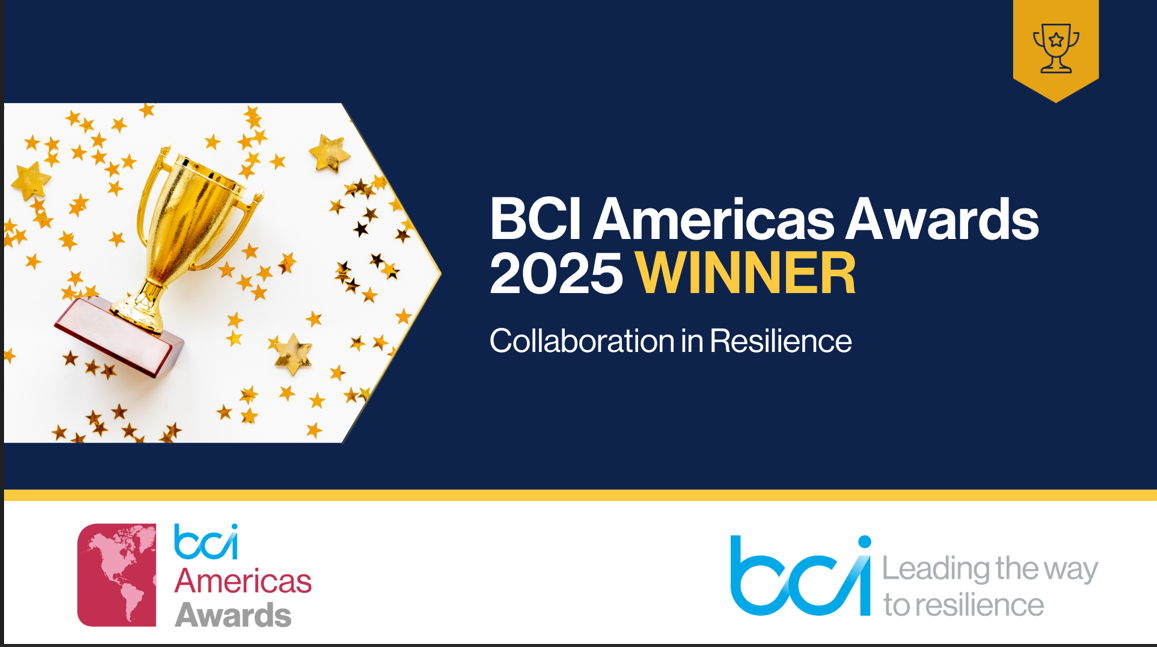Learn which KPIs truly matter to senior leadership and how data-driven insights elevate business continuity from operational necessity to strategic governance.
Embedding Business Continuity into Corporate Culture: Insights from a BCM Expert
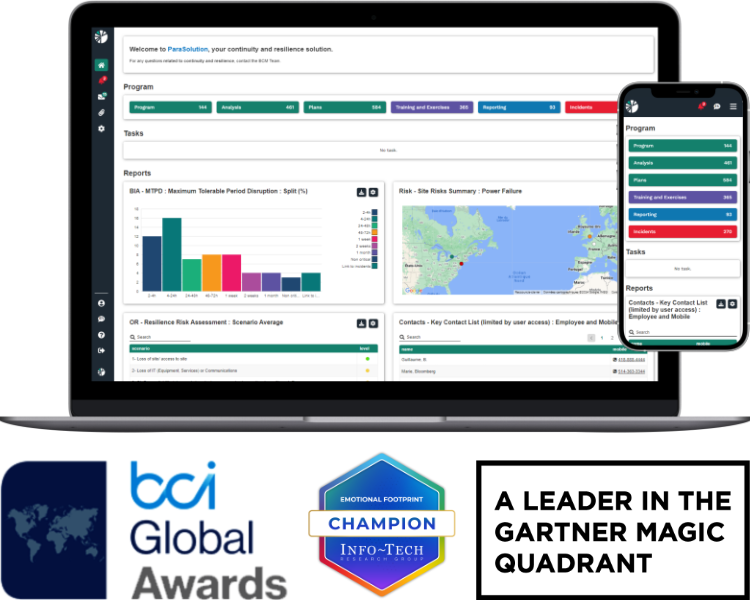
Adopting Continuity in Organizational Culture is an Art
As part of our Insights webinar series, expert Margaret Millett, a seasoned business continuity expert and BCI instructor, delivered a presentation as generous as it was inspiring on Professional Practice 2 (PP2) of the Business Continuity Institute (BCI) Business Continuity Management System.
Far from being a technical lecture on how to conduct a Business Impact Analysis or a risk assessment, she spoke about what truly brings a continuity program to life: people.
With over 30 years of experience in organizational resilience in Fortune 300 technology and financial services companies, Margaret reminds us of one essential truth: continuity cannot be forced into an organization’s culture, it must be adopted.
Keep reading to find three precious insights from Margaret Millett, or watch the webinar on-demand here.
Three Pillars of Successfully Embedding Continuity
1. You Are the Spokesperson for Your Program
Right from the start of her webinar, Margaret urges us to step outside our comfort zone. Even if you are not naturally comfortable with “selling,” you need to do it. You need to sell your program, talk about it, make it known, and ensure it is recognized.
As an experienced leader, she recommends gathering your team and asking: How can we sell our program to management and get it adopted by the leaders who will have to manage it?
Margaret even suggests creating a brand around your program or your team, with a clear message, slogan, visual identity, and even… team t-shirts if you dare, so you can use every opportunity to amplify your vision!
Today, communication channels are plentiful to make your program known and embraced. All it takes is a little creativity!
🗣️ “Even if you’re not a people person, you need to learn to sell your program. No one else is going to do it for you!” – Margaret Millett
2. Train Your Ambassadors and Guide Your Leaders
Senior management, managers, stakeholders: everyone needs to be onboard with your program. But no one will do it at the same pace, and that’s normal.
First, think about the context. In many organizations, employees change roles every two years. You don’t have the luxury of training them in depth every time: you need to get straight to the point, establish common ground, and make your program easy to understand… quickly. The idea here is to speak your team’s language. If they talk about “jelly beans,” don’t talk about “candy in gel form.”
Also, if your teams are diverse or international, remember that English may not be everyone’s first language. That’s why clarity is key: minimize acronyms and jargon, and adapt your message to all levels.
Follow Margaret’s lead: adapt to your audience, use their words, their references, their codes, and above all, be clear about roles.
When an event occurs, it’s not the time to move players around like on a chessboard. A lack of clarity about responsibilities creates chaos, exactly what we want to avoid in continuity.
Margaret takes the time to guide, reassure, and even personally train key people involved in her program. She schedules one-on-one meetings to explain concepts, validate understanding, and build trust!
👩🏻🏫 “People won’t ask questions in front of their peers — but they’ll flood you with them in one-on-one meetings. Be there for them.” – Margaret Millett
3. Patience, Consistency… and Practical Intelligence
Embedding continuity in an organization is about consistency, not perfection.
Margaret compares adopting continuity to baseball: sometimes you hit, sometimes you miss, but the important thing is to keep stepping up to the plate. It doesn’t matter if not everything works the first time, persistence is key.
She also reminds us of an essential metaphor: Continuity is like a tree. The roots (your values), the trunk (your processes), the leaves (the visible results)… none of this grows overnight. You must plant, water, expose it to the light, and most importantly, let time do its work.
But patience does not mean passivity.
Document your efforts, even those that don’t succeed. Dare to ask not to be the last slide of the PowerPoint. Open a Word or Excel document and note down your monthly wins. Ask for help from the marketing department. Collaborate with the audit team. And be ready to bring out your proposals again when the timing is right!
👉 “You’re not an island. Resilience is collective.” – Margaret Millett
Conclusion
Adopting continuity is built on a combination of vision, influence, and consistency. It’s a living project, fueled by the relationships you build around you.
And as Margaret so rightly puts it:
🌱 “If you plant the right seeds and water them, they will grow. Just give them time.”
